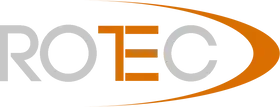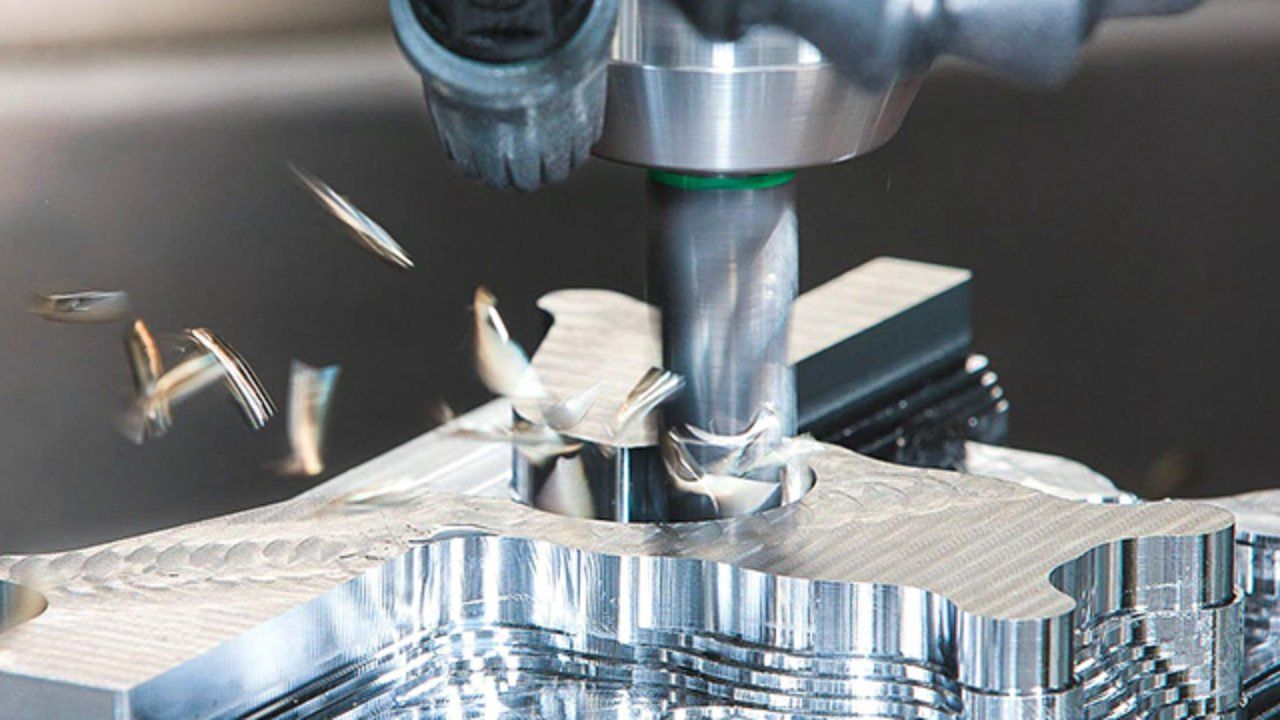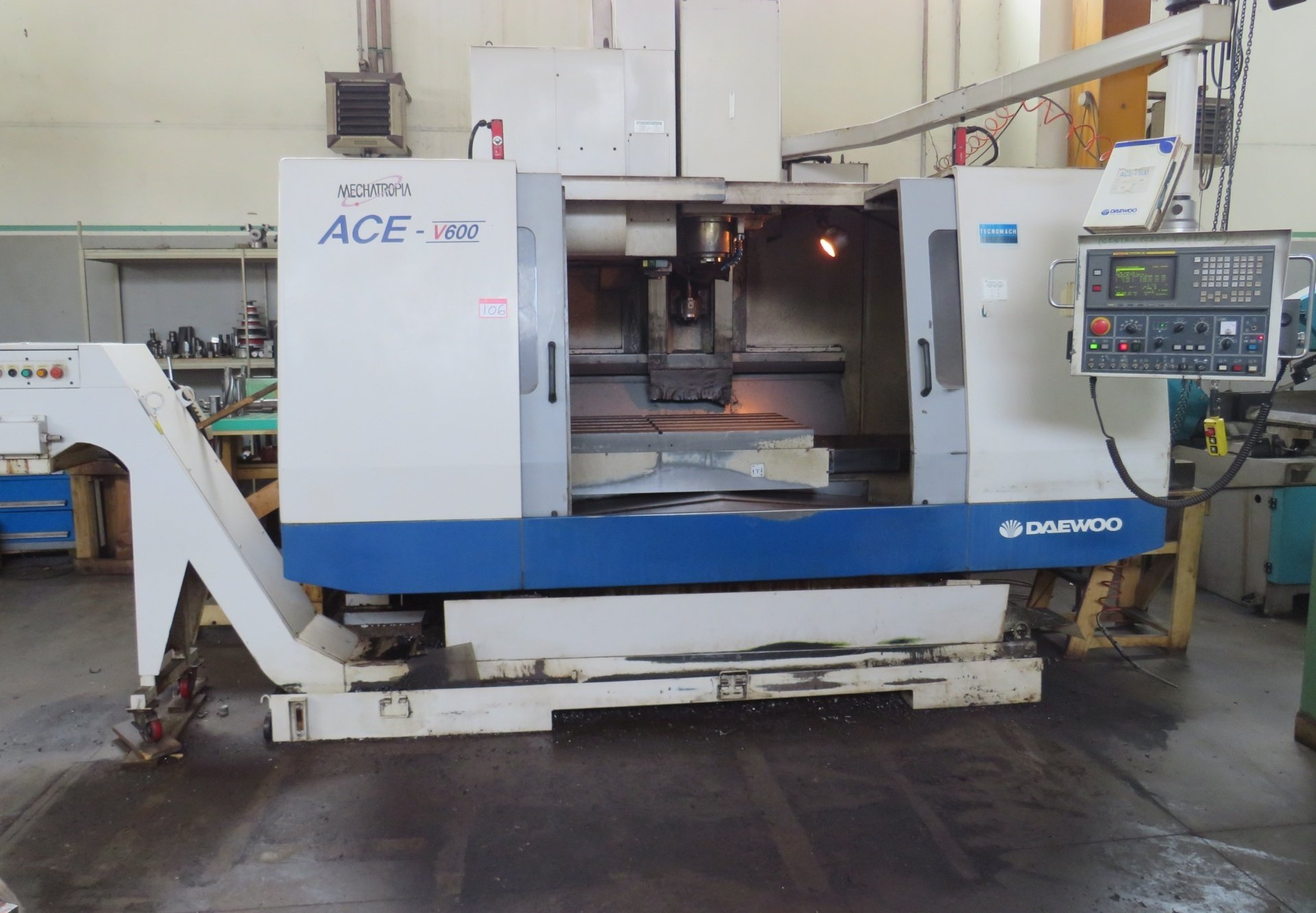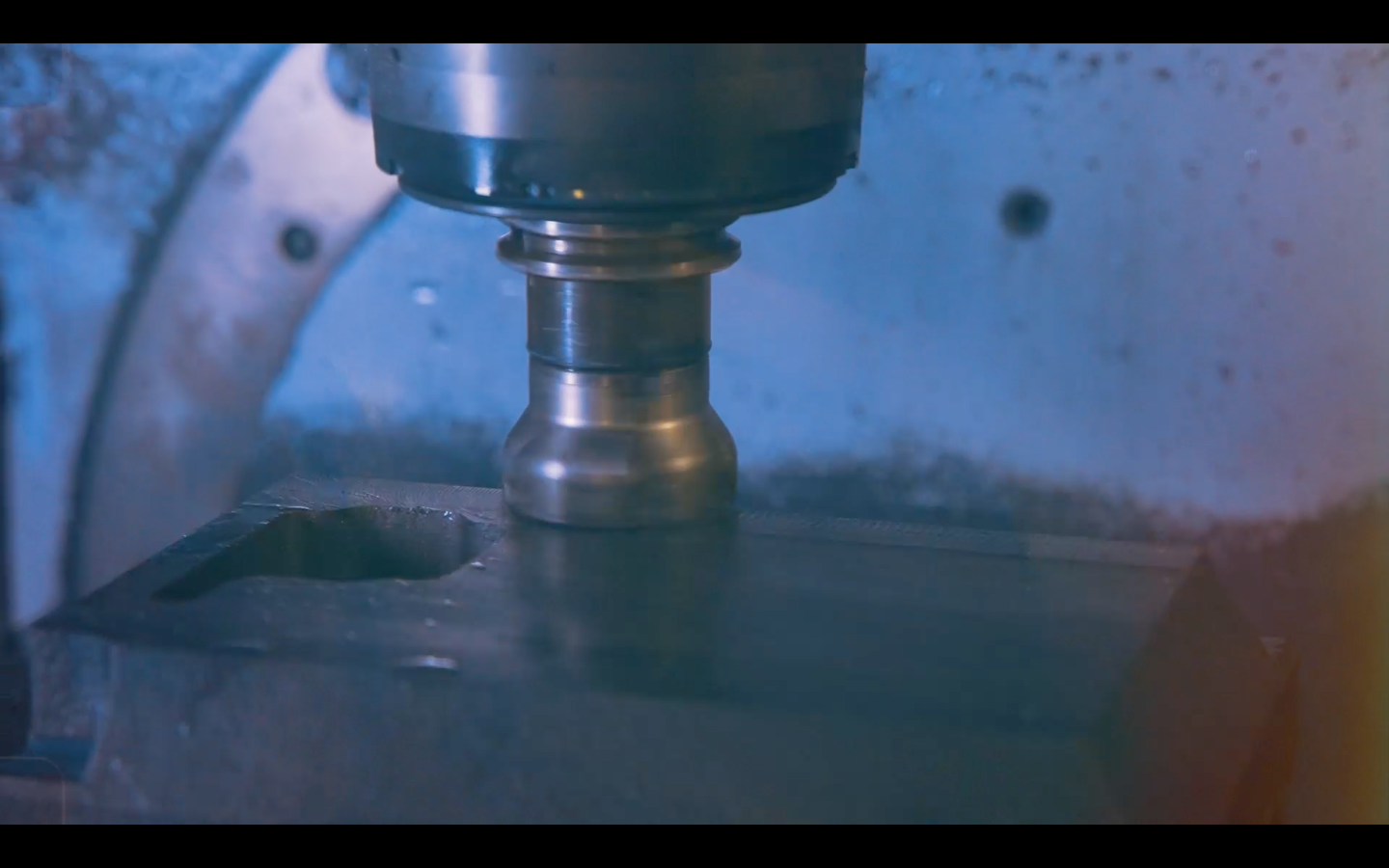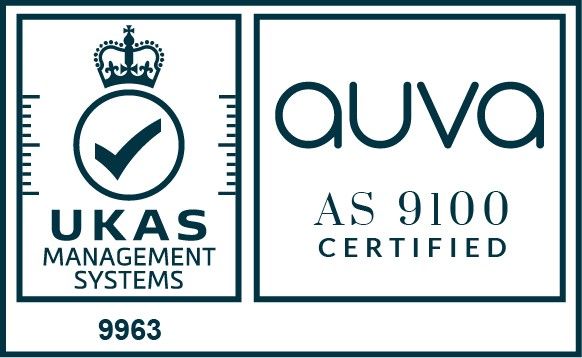~ What is Robotic CNC Machining? ~
Robotic CNC machining offers numerous benefits over traditional manufacturing methods, improving productivity and precision.
Robotic CNC machining represents a significant advancement in manufacturing technology, merging the precision and efficiency of CNC machining with the versatility and adaptability of robotics. This innovative integration is transforming various industries by improving productivity, ensuring consistent quality and supporting the mass production of complex parts with ease.
If you are curious about the topic of robotic
CNC machining and wish to learn more about its potential applications, you have come to the right page! In this article, we share the fundamentals of robotic CNC machining and explore the role of robotics in manufacturing. We will also look at the various advantages and applications of robotic CNC machining, to gain a comprehensive insight into its present capabilities and future potential. But before we dive in, let's understand what robotic CNC machining is and how it works.
What is Robotic CNC Machining?
Robotic CNC machining integrates robotics with CNC technology to enhance manufacturing capabilities. This combination leverages the strengths of both technologies, resulting in a more efficient and versatile production process.
It involves the use of robotic systems to assist or perform CNC machining tasks. This can range from simple tasks like loading and unloading parts to more complex operations where robots perform the actual machining.
Types of Robotic CNC Machining Setups
Robot-Assisted CNC Machining: Robots assist traditional CNC machines by handling tasks such as part loading, unloading, and repositioning. This setup improves efficiency and reduces human involvement in repetitive tasks.
Fully Integrated Robotic CNC Machining Cells: In these setups, robots and CNC machines are fully integrated into a single system. Robots perform the machining tasks directly, offering greater flexibility and capability to handle complex geometries and operations.
Key Components and Technologies Involved
Robotic Arms: Equipped with various end effectors such as grippers, cutters, and drills, robotic arms perform precise machining operations.
End Effectors: Tools attached to the robotic arms to interact with the workpiece, including milling cutters, drills, and grinding wheels.
CNC Machines: Traditional CNC machines modified to integrate with robotic systems, enhancing their capabilities.
Control Software: Advanced software systems that coordinate the actions of the robots and CNC machines, ensuring synchronised and efficient operation.
Advantages of Robotic CNC Machining
Robotic CNC machining offers numerous benefits over traditional manufacturing methods, improving productivity, and precision in various industrial applications.
Improved Productivity and Efficiency
Continuous Operation: Robotic systems can operate continuously without breaks, significantly increasing overall productivity. This ability to work 24/7 reduces production times and meets high demand more effectively.
Reduced Downtime: Automation minimises human error and machine downtime, as robots can quickly adjust to new tasks without requiring extensive reconfiguration or setup.
Improved Precision and Quality
Reduced Human Error: Robotic systems eliminate the inconsistencies associated with manual labour. They execute tasks with high accuracy and repeatability, ensuring consistent quality across all produced parts.
Consistent Performance: Robots maintain precision over long periods, providing uniform results that meet stringent quality standards.
Programmable to Handle Varying Degrees of Complexity
Handling Complex Geometries: Robotic CNC machining can manage intricate designs and complex geometries that would be challenging or impossible with manual machining.
Customisation: Robots can be easily reprogrammed to accommodate changes in product design or manufacturing requirements, allowing for rapid adaptation to new projects and custom orders.
Cost-Effectiveness in the Long Run
Reduced Labour Costs: Automating machining processes decreases the need for manual labour, lowering operational costs. While the initial investment in robotic systems may be high, the long-term savings in labour expenses are substantial.
Increased Throughput: Enhanced efficiency and reduced downtime lead to higher production rates, which translates to better utilisation of resources and faster return on investment.
Applications of Robotic CNC Machining
Robotic CNC machining finds applications across various industries, driven by the need for precision, efficiency, and the ability to handle complex tasks.
Aerospace Industry
The aerospace sector requires parts with extremely tight tolerances and high precision. Robotic CNC machining is ideal for manufacturing components such as turbine blades, engine parts, and structural elements, ensuring high-quality standards and consistency.
Automotive Manufacturing
In the automotive industry, robotic CNC machining is used for producing engine components, transmission parts, and intricate bodywork. The flexibility and precision of robotic systems allow for the efficient production of both standard and customised parts.
Medical Device Production
The medical field demands high precision and cleanliness in manufacturing. Robotic CNC machining is employed to produce medical implants, surgical instruments, and diagnostic equipment with the accuracy and consistency required to meet regulatory standards.
Electronics and Semiconductor Manufacturing
In electronics and semiconductor manufacturing, robotic CNC machining is used to create components like circuit boards, connectors, and housings. The precision of robotic systems ensures the integrity of these intricate parts, which are essential for the proper functioning of electronic devices.
General Industrial Applications
Across various industries, robotic
CNC machining is utilised for general manufacturing tasks. From creating moulds and dies to producing consumer goods, the versatility and efficiency of robotic systems enhance overall production capabilities.
Technical Considerations and Challenges
Integrating robotics with CNC machining presents several technical considerations and challenges that must be addressed to ensure seamless operation and optimal performance.
Integration Challenges
Synchronising robotic systems with CNC machines can be complex due to differences in their operational protocols and communication interfaces. One of the primary challenges is achieving real-time coordination between the robot and the CNC machine to ensure smooth transitions and precise operations. Solutions such as advanced control software and middleware that facilitate communication between different systems are essential for overcoming these integration hurdles.
Software Compatibility
The software used to control robotic CNC machining systems must be compatible and capable of handling complex tasks. This involves integrating CAD/CAM software with the robot’s control system and the CNC machine’s operating software. Ensuring compatibility and smooth data flow between these software components is crucial for efficient operation. Additionally, software updates and customisation may be necessary to meet specific application requirements.
Maintenance and Reliability
Regular maintenance is vital for the longevity and reliability of robotic CNC systems. This includes routine checks, lubrication, calibration, and replacement of worn-out parts. Implementing predictive maintenance strategies, powered by AI and machine learning, can help anticipate potential issues and minimise unexpected downtime. Ensuring a robust maintenance schedule can significantly enhance the reliability and performance of robotic CNC machining systems.
Safety Measures and Standards
Operating robotic CNC systems involves inherent safety risks due to the interaction between high-speed machinery and robotic arms. Implementing stringent safety protocols and standards is crucial to protect operators and equipment. This includes using safety barriers, emergency stop mechanisms, and ensuring compliance with industry-specific safety standards. Proper training for operators and regular safety audits can further mitigate risks and ensure a safe working environment.
Economic and Environmental Impact
Robotic CNC machining not only offers technical advantages but also brings significant economic and environmental benefits.
Cost Analysis
The initial investment in setting up robotic CNC systems can be substantial, including the cost of robots, CNC machines, software, and integration services. However, this investment often leads to significant long-term savings. Automated systems reduce labour costs by minimising the need for manual intervention. In addition to this, increased production efficiency and reduced downtime contribute to a faster return on investment. A detailed cost analysis, considering both upfront expenses and long-term savings, can demonstrate the economic viability of adopting robotic CNC machining.
More Sustainable
Robotic CNC machining contributes to more sustainable manufacturing practices. The precision of robotic systems reduces material waste by ensuring accurate cutting and shaping, leading to more efficient use of raw materials. Additionally, the ability to operate continuously without breaks optimises energy consumption. Implementing robotic CNC machining can also reduce the carbon footprint of manufacturing operations by minimising the need for additional resources and energy-intensive rework.
Customisation and Scalability
One of the standout features of robotic CNC machining is its ability to be customised and scaled according to specific industry needs and production volumes.
Tailoring Solutions
Robotic CNC machining systems can be tailored to meet the unique requirements of different industries. For example, the aerospace industry may require robots with specialised end effectors for handling delicate materials, while the automotive industry might focus on high-speed production capabilities. Customising the robotic setup, including the choice of robots, end effectors, and control software, ensures that the system aligns perfectly with the desired application and production goals.
Scalability
Robotic CNC machining systems are highly scalable, making them suitable for both small and large-scale operations. For small businesses, a basic setup with a single robot and CNC machine can significantly enhance productivity and precision. As the business grows, additional robots and CNC machines can be integrated into the system, allowing for increased production capacity without overhauling the entire setup. This scalability ensures that robotic CNC machining can adapt to evolving business needs and market demands, providing a flexible and future-proof manufacturing solution.
Future Trends and Innovations
The future of robotic CNC machining is shaped by ongoing advancements in technology, particularly in the areas of artificial intelligence (AI), machine learning, and connectivity.
Advances in AI and Machine Learning
AI and machine learning are increasingly being integrated into robotic CNC machining systems. These technologies enable robots to learn from data, optimise processes, and make real-time adjustments to improve precision and efficiency. Predictive maintenance, powered by AI, helps in anticipating and addressing potential issues before they cause downtime.
Development of Collaborative Robots (Cobots)
Collaborative robots, or cobots, are designed to work alongside human operators. In CNC machining, cobots can assist with tasks that require human dexterity and decision-making, while still offering the precision and efficiency of robotic systems. This collaboration enhances productivity and safety in manufacturing environments.
Impact of Industry 4.0 and the Internet of Things (IoT)
The integration of Industry 4.0 principles and IoT technologies is transforming robotic CNC machining. Smart factories equipped with interconnected machines and sensors enable real-time data collection and analysis, leading to more efficient and adaptive manufacturing processes. IoT allows for seamless communication between robots and CNC machines, facilitating coordinated operations and enhanced performance.
Potential for Further Automation and Integration
The trend towards increased automation and integration is set to continue. Future developments may see even more sophisticated robotic CNC machining cells, where robots handle multiple tasks, from raw material handling to finished product inspection. This level of integration will further streamline production processes and reduce the need for human intervention.
The future of robotic CNC machining looks promising, with innovations aimed at enhancing efficiency, precision, and flexibility. As technology continues to advance, robotic CNC machining will play a pivotal role in the evolution of manufacturing industries.
Final Thoughts
As the manufacturing landscape continues to evolve, embracing advanced technologies like robotic CNC machining is crucial for staying competitive and meeting the demands of modern production. At Rotec, we specialise in precision engineering and complex CNC machining, leveraging the latest innovations to deliver unparalleled quality and efficiency. Our expertise in complex CNC machining allows us to tackle even the most intricate projects with precision and reliability. If you are ready to take your manufacturing capabilities to the next level,
contact us today!
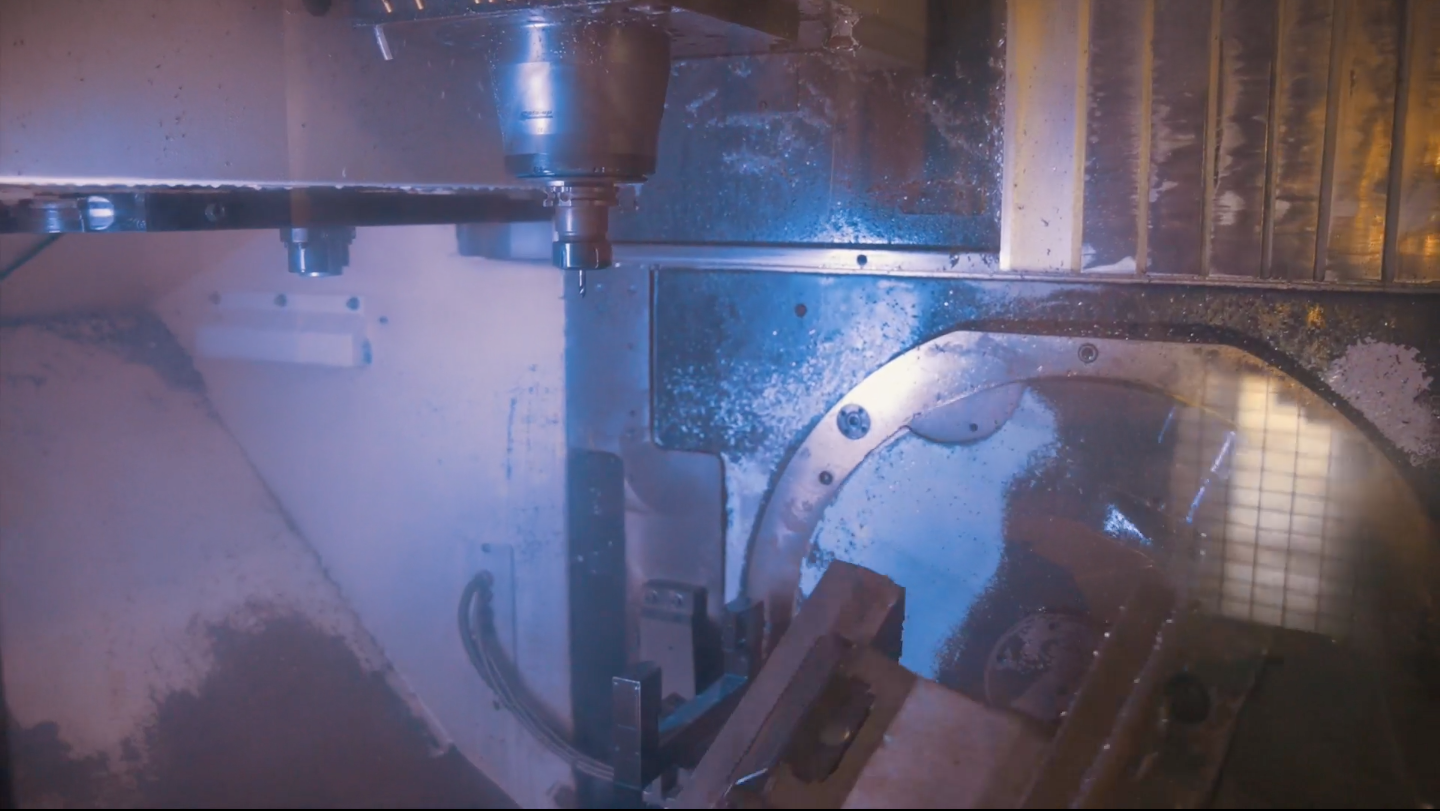

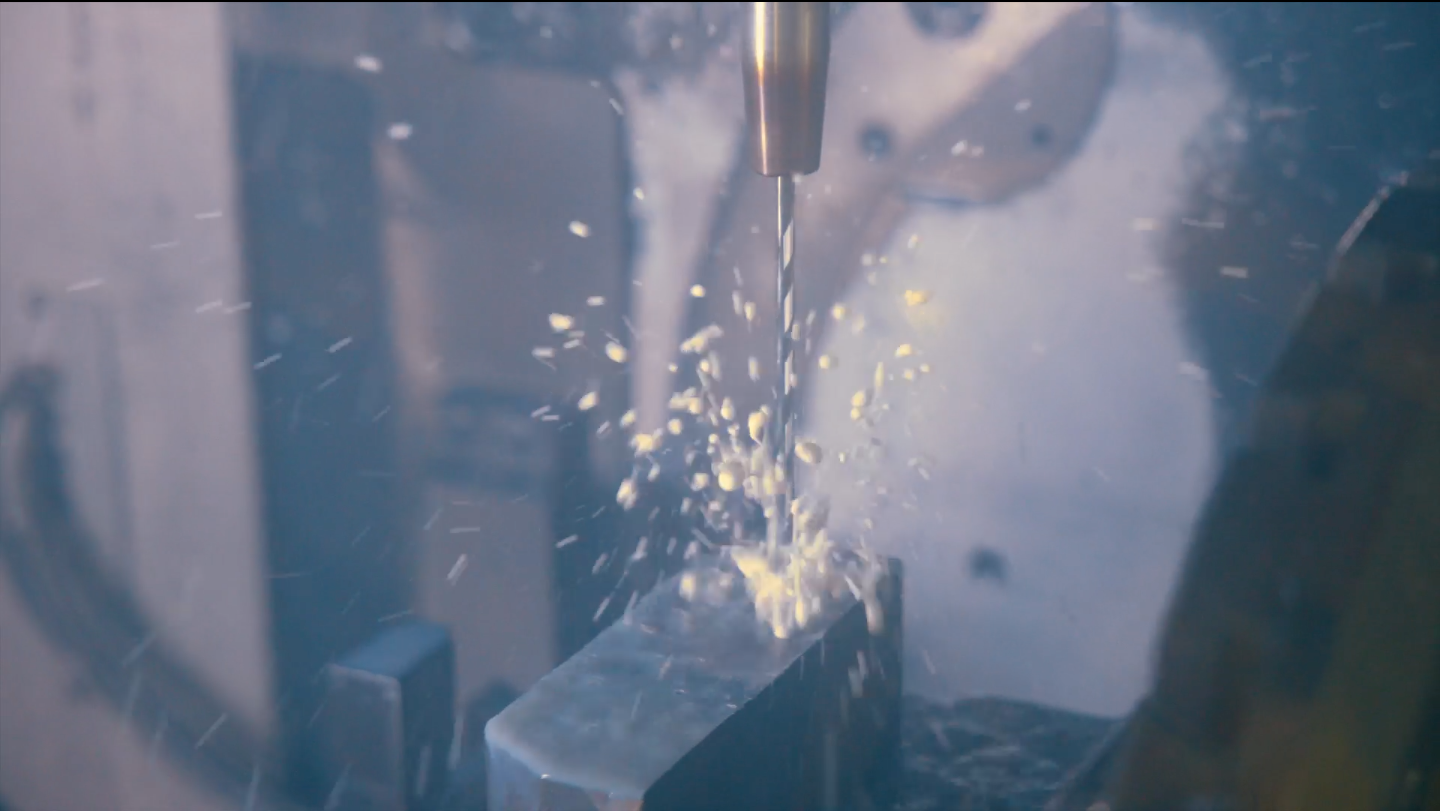
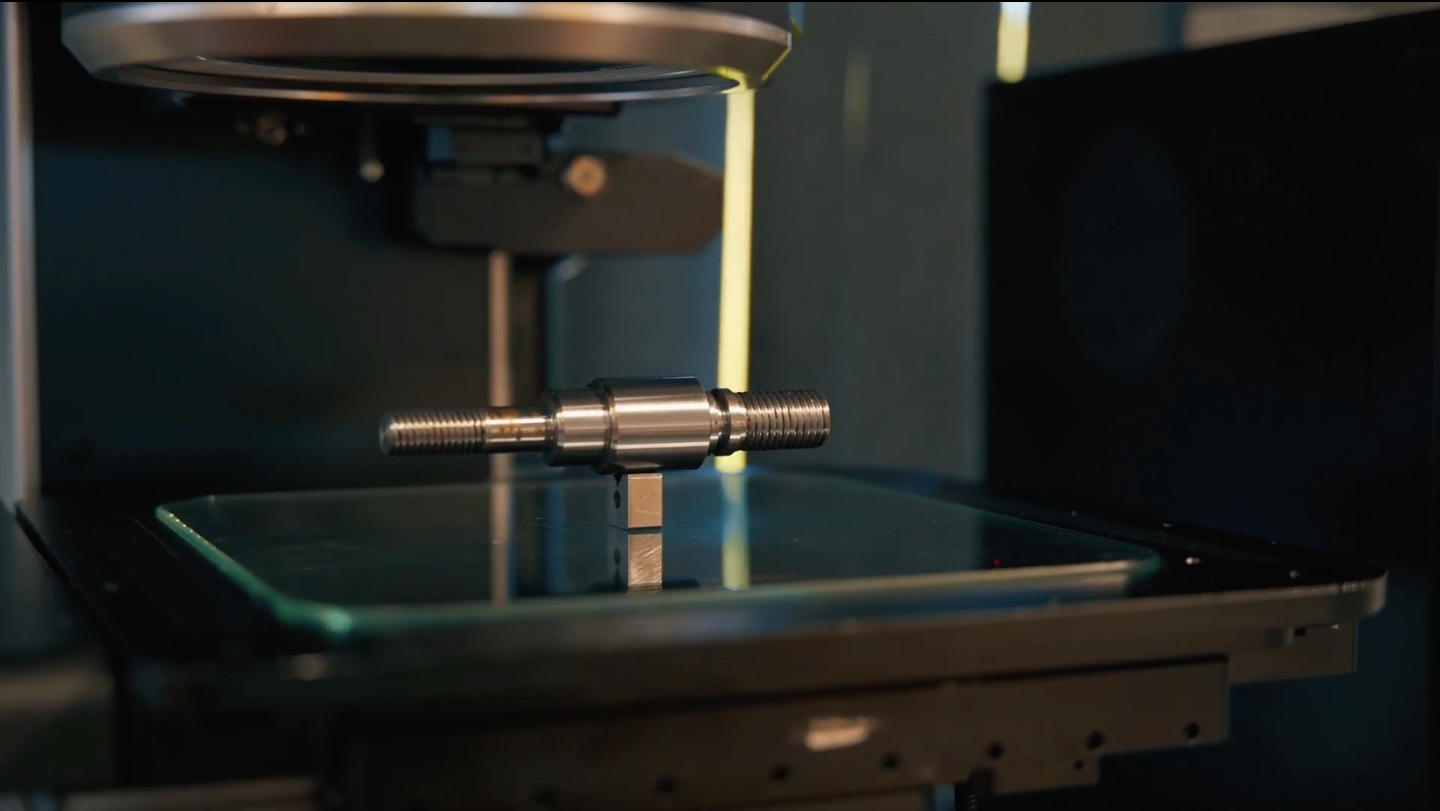
Rotec Aerospace Limited, Enterprise Way, Vale Business Park, Evesham WR11 1GS United Kingdom
Phone: 01386 424111
Email: Info@rotec-ltd.com
Office Hours :
Mon-Fri : 7:30am - 5pm
